Main Components and Structure of Tungsten Carbide Balls
- Details
- Category: Tungsten Information
- Published on Friday, 12 September 2025 16:41
- Written by Zhenghua
- Hits: 30
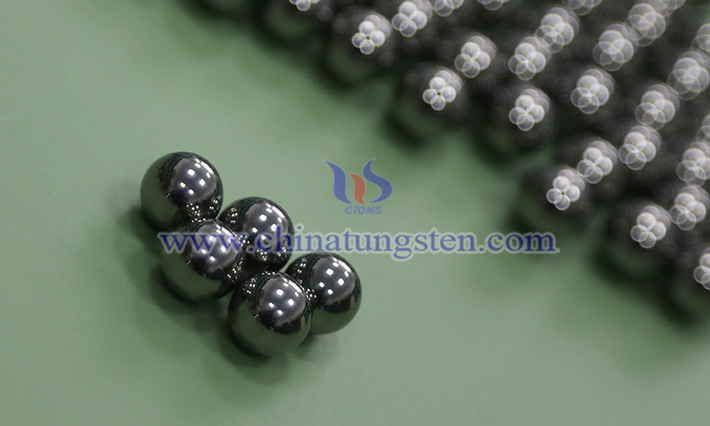
The main components of cemented carbide balls are a highly hard and wear-resistant metal carbide (usually tungsten carbide WC) and a metal binder (usually cobalt Co). The structure can be understood as: hard tungsten carbide particles are encapsulated and bonded by the relatively soft metal cobalt, forming an extremely hard yet moderately tough composite material.
Read more: Main Components and Structure of Tungsten Carbide Balls
Material Selection for Tungsten Carbide Balls
- Details
- Category: Tungsten Information
- Published on Friday, 12 September 2025 16:40
- Written by Zhenghua
- Hits: 30
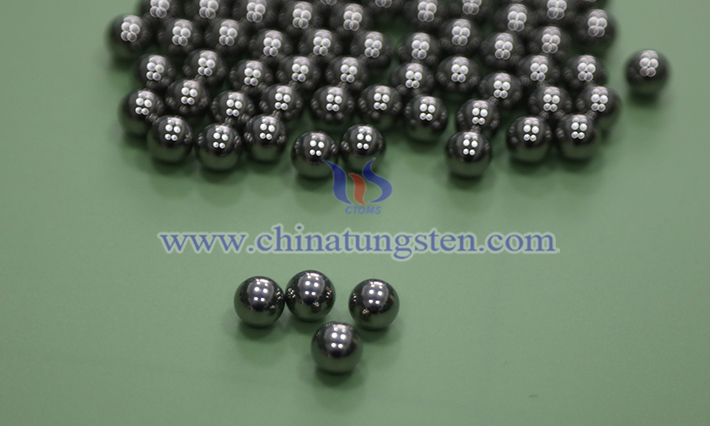
Tungsten carbide balls are manufactured using a powder metallurgy process, combining high-hardness refractory metal carbides as the hard phase and transition metals as the binder phase. Material selection should be centered around core performance requirements. The following is a detailed analysis:
Materials for Tungsten Cemented Carbide Balls
- Details
- Category: Tungsten Information
- Published on Friday, 12 September 2025 16:37
- Written by Zhenghua
- Hits: 28
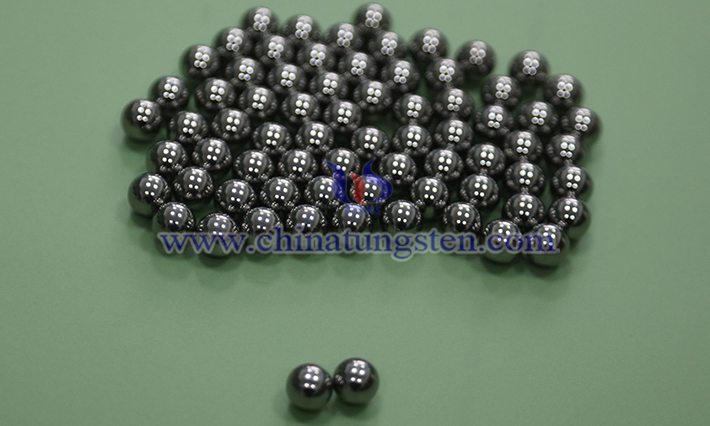
I. Main Materials for Tungsten Cemented Carbide Balls 1. Tungsten Carbide (WC):
This is the primary component of tungsten cemented carbide balls. It possesses extremely high hardness and wear resistance, and serves as the core material providing the ball's strength.
Material Composition of Tungsten Cemented Carbide Balls
- Details
- Category: Tungsten Information
- Published on Friday, 12 September 2025 16:38
- Written by Zhenghua
- Hits: 28
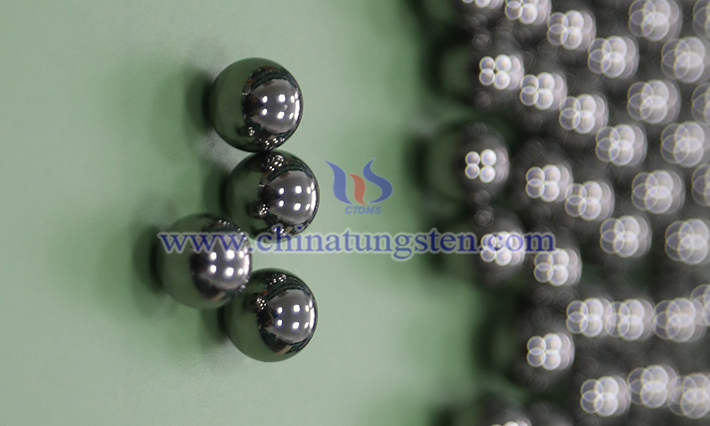
As the name suggests, tungsten cemented carbide balls are primarily made of cemented carbide. Cemented carbide is not a single metal, but rather a composite material composed of high-hardness, high-melting-point metal carbides and a metal binder, manufactured through a powder metallurgy process. Its core composition can be summarized as a "two-phase structure":
Read more: Material Composition of Tungsten Cemented Carbide Balls
Surface Quality Inspection Methods for Tungsten Cemented Carbide Balls
- Details
- Category: Tungsten Information
- Published on Friday, 12 September 2025 16:35
- Written by Zhenghua
- Hits: 28
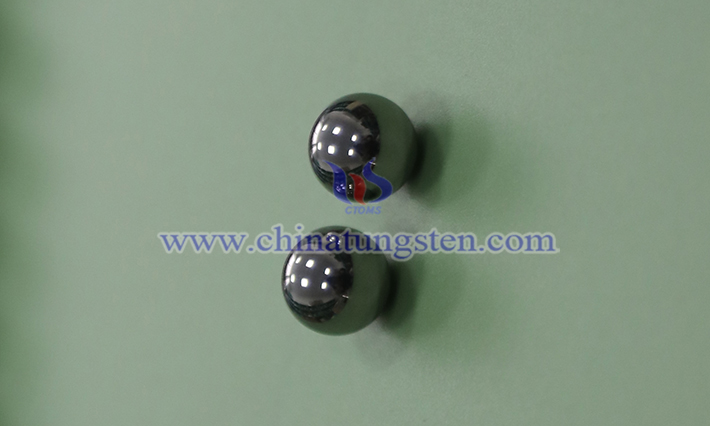
Due to their high hardness, wear resistance, and excellent mechanical properties, tungsten cemented carbide balls are widely used in precision bearings, valve seals, and measuring instruments. Their surface quality directly impacts service life, sealing performance, and operating accuracy, making surface quality inspection a critical step in production and application. Surface quality inspection primarily focuses on defects (such as cracks, pits, scratches, and pores), roughness, uniformity, and residual stress. The following introduces several commonly used inspection methods, combining traditional techniques with modern nondestructive testing methods to address various precision requirements and production scenarios.
Read more: Surface Quality Inspection Methods for Tungsten Cemented Carbide Balls




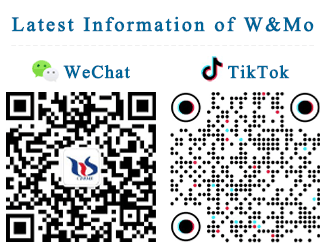
 sales@chinatungsten.com
sales@chinatungsten.com